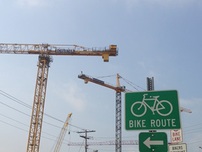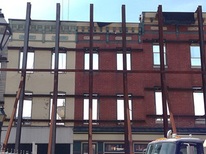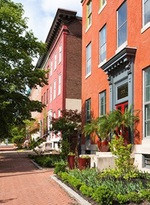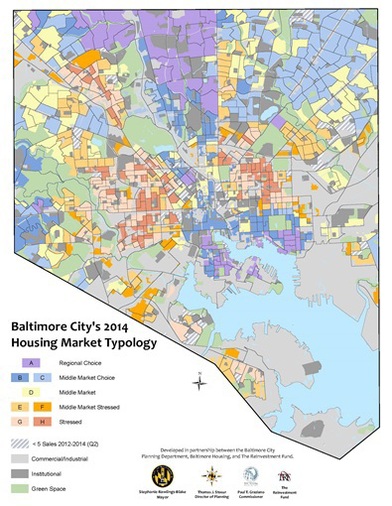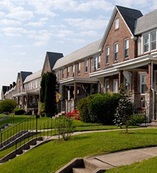March Compass - eNews from Baltimore Planning
Tuesday, April 21, 2014, 6-8pm at Humanim in the American Brewery Building - 1701 N Gay St, Baltimore, MD 21213
Join us for an informative and interactive evening for the whole family. The event will focus on how, together, we can clean up Baltimore. Talk to other community members, city representatives, and organizations to learn about what's happening to address our City's trash problem. Participate in fun activities, see what resources are available to you, and learn how you can help build a cleaner, better Baltimore. Food and drink will be provided.
Click here for more information and to register for this free event. The Baltimore Commission on Sustainability Annual Town Hall Event is a part of Baltimore Green Works, 2015 Annual Baltimore Green Week.
Mayor Stephanie Rawlings-Blake Launches Econview: A New Tool to Track Development in Baltimore
On March 17, 2014, Mayor Stephanie Rawlings-Blake launched EconView, a new online tool that shows different development projects that are underway or planned, or have been recently completed in Baltimore City.
“I want to highlight what is happening in Baltimore, and the exciting growth that is coming to our many different communities,” said Mayor Rawlings-Blake. “This tool provides a new way for citizens, business owners, and potential new residents and investors to gain a better picture of what is being planned, built, and developed in their neighborhoods.”
EconView is an interactive tool that will be regularly refined and updated. Each project listed in EconView also features contact information for the appropriate City agency, helping users to obtain answers to their questions and find more information on individual projects.
EconView was developed by the Mayor’s Offices of Economic and Neighborhood Development and the Mayor’s Office of Information Technology. Click here to explore EconView.
|
Introducing the 2014 Housing Market Typology
In 2014, Baltimore City’s Planning Department, in partnership with the Department of Housing and Community Development (DHCD) and The Reinvestment Fund (TRF), produced a three-year update of the Baltimore Housing Market Typology (HMT). Previous versions of the HMT were completed in 2005, 2008 and 2011.
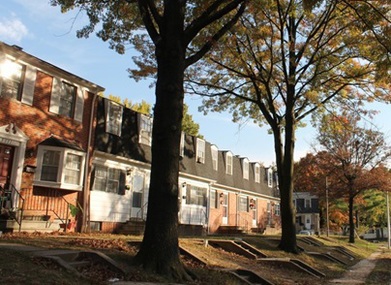
Since 2005, Baltimore’s Housing Market Typology (HMT) has been used to help guide public policy, market studies, community plans, grant funding applications and capital improvement programming. The 2011 HMT was a critical tool in the City’s Vacants to Value strategy for addressing city-wide vacant housing challenges.
The HMT is a Market Value Analysis (MVA) produced by TRF, which is conducted on a regular basis to provide a report card on the health of the city housing market, and the regular updates help reveal changes or trends. The resulting map illustrates the range of housing markets found throughout the City, which are categorized within eight market types.
How is the HMT Developed?
The first step in the HMT process was a housing market classification scheme based on quantitative data that grouped areas with similar characteristics into market categories. With input from the Task Force, the 2014 update included the following variables for each Census block group in the City:
The same variables used in the 2011 HMT were used for the 2014 update, which will allow us to compare the results of the two analyses, and subsequently, compare the changes in different variables that make up the housing market for Baltimore.

Housing Market Types
Based on the analysis and identification of the eight market types, the Task Force decided to classify individual market types into five categories that share similar market characteristics, as described below (photos and neighborhood web links from Live Baltimore).
How is the HMT Used?In general, the HMT assists government officials and community stakeholders to identify and comprehend the various elements of the local real estate markets. By using an HMT, public sector officials are able to better target intervention strategies in weak markets and support sustainable growth in stronger market segments.
In Baltimore, the Housing and Planning Departments use the typology in the following ways:
DHCD - Land Resources Division
DHCD - Code Enforcement
DHCD Development Divisions
Planning Department
 |
 |




